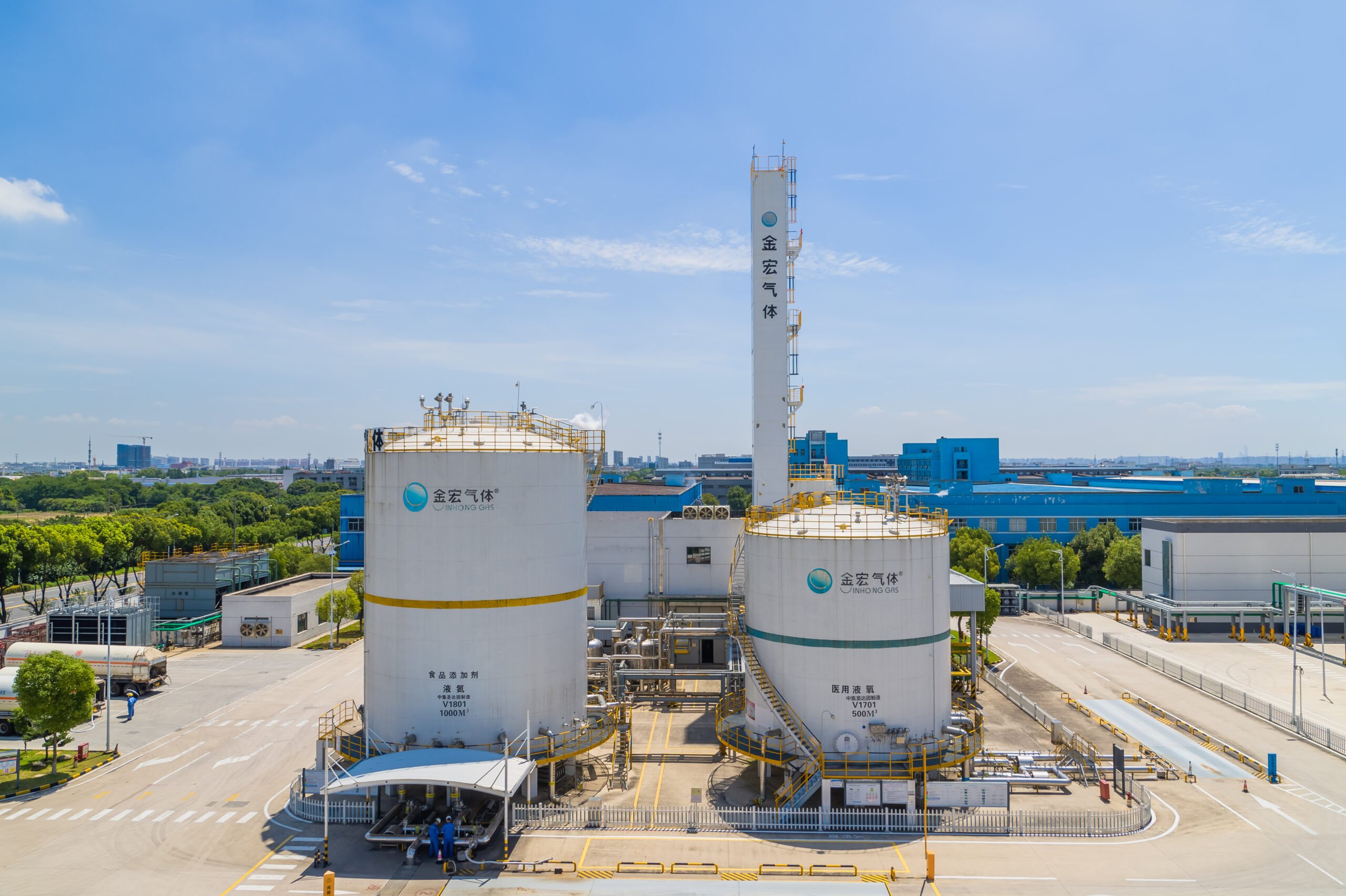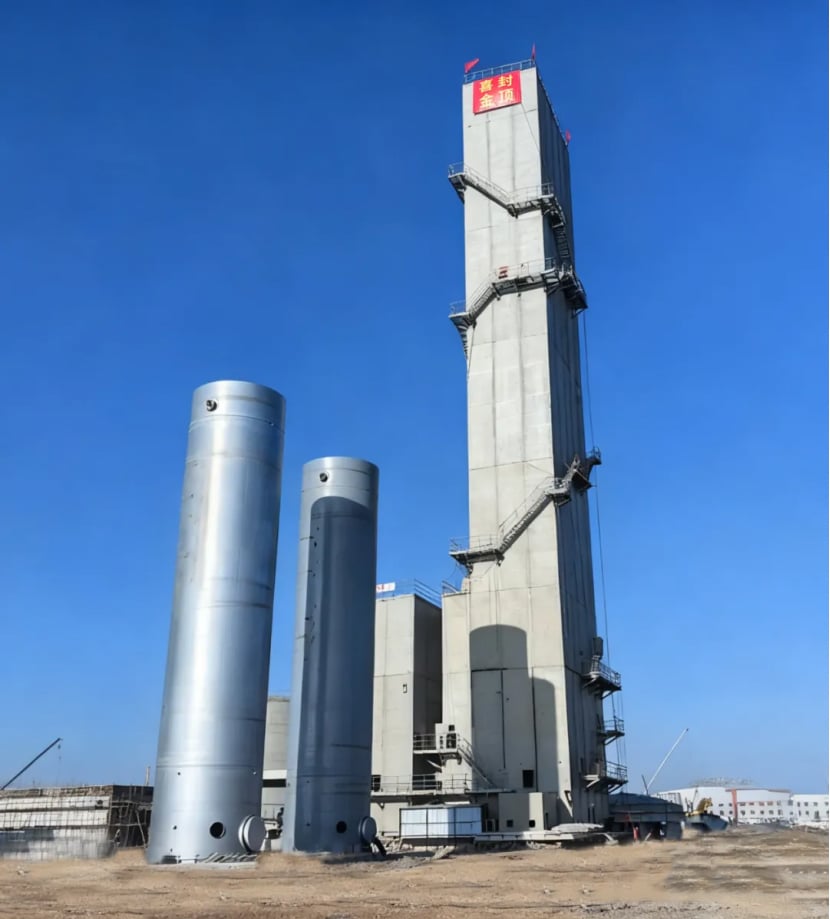Propylene Oxide Properties (C₃H₆O)
Propylene Oxide (PO), often colloquially and inaccurately referred to as “Methyl Ethylene Oxide,” is a highly versatile and volatile organic compound. Its molecular structure, featuring a strained three-membered epoxide ring, makes it highly reactive, a property that is key to its widespread industrial use but also to its associated hazards.
- Chemical Formula: C₃H₆O
- CAS Number: 75-56-9
- Appearance: Colorless, volatile liquid at room temperature.
- Odor: Ethereal, sweet odor at low concentrations, but warning: odor is not a reliable indicator of safe exposure levels.
- Flammability: Highly flammable, with vapors forming explosive mixtures with air.
- Reactivity: The epoxide ring is highly reactive, making PO an excellent alkylating agent and intermediate in chemical synthesis.
Why is Propylene Oxide Used?
Propylene Oxide is primarily valued for its high reactivity, which allows it to be used as a crucial building block in the production of numerous downstream chemicals. Its primary role is as a monomer for the production of polyurethane polyols.
Benefits and Advantages of Propylene Oxide
- Versatile Intermediate: It is the foundational material for a massive range of products, from flexible foams to plastics.
- High Reactivity: Allows for efficient polymerization and chemical synthesis processes.
- Sterilization Capability: Its potent alkylating property makes it an effective sterilizing agent for heat-sensitive medical equipment and certain food products (like spices).
- Material Performance: The polyurethanes derived from PO offer a unique combination of flexibility, durability, and insulation properties.
What are the Applications of Propylene Oxide?
The applications of Propylene Oxide are vast and touch many aspects of modern life:
- Polyurethane Plastics (Primary Use, ~65-70%):
- Flexible Foams: Used in furniture, car seats, and mattresses.
- Rigid Foams: Excellent thermal insulation for buildings and refrigerators.
- Coatings, Adhesives, Sealants, and Elastomers (CASE).
- Propylene Glycols:
- Industrial Grade: Used in unsaturated polyester resins, liquid detergents, antifreeze, and de-icing fluids.
- Food & Pharmaceutical Grade: Used as a solvent, humectant, and preservative in food, cosmetics, and pharmaceuticals.
- Sterilant and Fumigant:
- Medical: Sterilization of surgical instruments, especially those sensitive to heat and moisture.
- Food: Fumigation of spices, nuts, and other foodstuffs to control microbes and insects.
Propylene Oxide Precautions (Critical Safety Information)
Handling Propylene Oxide requires extreme caution due to its significant health and safety hazards.
- Health Hazards:
- Carcinogenicity: Classified as a probable human carcinogen (IARC Group 2A).
- Irritation: Severe irritant to eyes, skin, and respiratory tract.
- Neurotoxicity: Exposure can cause central nervous system effects, including headache, dizziness, and nausea.
- Sensitization: Can cause allergic skin and respiratory reactions.
- Physical Hazards:
- High Flammability: Vapors can travel to ignition sources and flash back.
- Reactivity: Can polymerize violently if contaminated or exposed to catalysts, acids, or bases.
Essential Safety Measures:
- Engineering Controls: Use in well-ventilated areas, preferably with local exhaust ventilation. Ensure equipment is grounded to prevent static discharge.
- Personal Protective Equipment (PPE): Chemical-resistant gloves, aprons, and goggles. Respiratory protection (NIOSH-approved) is mandatory when ventilation is insufficient.
- Storage: Store in a cool, dry, well-ventilated area away from direct sunlight, ignition sources, and incompatible materials (acids, bases, oxidizers).
Applicable Regulations
The production, storage, transportation, and use of Propylene Oxide are heavily regulated worldwide due to its hazards.
- OSHA (Occupational Safety and Health Administration): Sets permissible exposure limits (PELs) for worker protection.
- EPA (Environmental Protection Agency): Regulates PO as a Hazardous Air Pollutant (HAP) under the Clean Air Act and oversees its use as a pesticide/fumigant.
- FDA (Food and Drug Administration): Strictly regulates its use as a food sterilant and as an indirect food additive (e.g., in packaging).
- International Regulations: Subject to regulations like REACH in Europe, which controls its registration, evaluation, and authorization.
- Transportation: Classified as a flammable liquid and hazardous material for transport (UN 1280).



